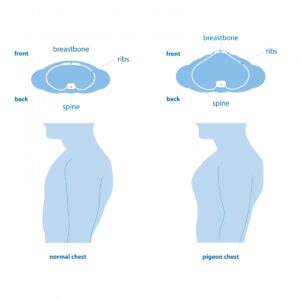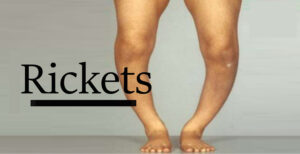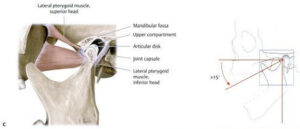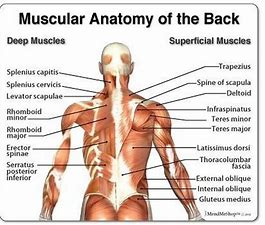Some questions that have to be answered for Tremfya that have to be answered to see if it influences longitudinal bone growth:
1: Does it inhibit IL-23 in an area that would affect height such as the growth plate, articular cartilage, or intervertebral discs? I don’t think reducing the action of inflammatory cytokines on bone would have any impact on height as we generally want more bone turnover to get more height.
2: Does IL-23 impact height? Is it biphasic where there needs to be an equilibrium amount. In which case Tremfya can help when IL-23 is too high.
According to the study Pro-Inflammatory Cytokines Produced by Growth Plate Chondrocytes May Act Locally to Modulate Longitudinal Bone Growth, inflammatory cytokine inhibition of IL-1Beta and TNF-Alfa increased growth. Inflammatory cytokines can cause chondrocyte apoptosis which too much of is bad but chondrocyte apoptosis is a needed a stage in endochondral ossification. It’s likely that inflammatory cytokines are needed in small quantities so knockout is bad but too much overall decreases height.
IL-23 Inhibits Osteoclastogenesis Indirectly through Lymphocytes and Is Required for the Maintenance of Bone Mass in Mice
“L-23 stimulates the differentiation and function of the Th17 subset of CD4+ T cells and plays a critical role in chronic inflammation. The IL-23 receptor-encoding gene is also an inflammatory disease susceptibility gene. IL-23 shares a common subunit with IL-12, a T cell-dependent osteoclast formation inhibitor, and we found that IL-23 also dose-dependently inhibited osteoclastogenesis in a CD4+ T lymphocyte-dependent manner. When sufficiently enriched, γδ T cells also mediated IL-23 inhibition. Like IL-12, IL-23 acted synergistically with IL-18 to block osteoclastogenesis but, unlike IL-12, IL-23 action depended on T cell GM-CSF production. IL-23 did not mediate IL-12 action although IL-12 induced its expression. Male mice lacking IL-23 (IL-23p19−/−) had ∼30% lower bone mineral density and tibial trabecular bone mass (bone volume (BV)/total volume (TV)) than wild-type littermates at 12 wk and 40% lower BV/TV at 26 wk of age; male heterozygotes also had lower bone mass. Female IL-23p19−/− mice also had reduced BV/TV. IL-23p19−/− mice had no detectable osteoclast defect in trabecular bone but IL-23p19−/− had thinner growth plate hypertrophic and primary spongiosa zones (and, in females, less cartilage remnants) compared with wild type. This suggests increased osteoclast action at and below the growth plate, leading to reduced amounts of mature trabecular bone. Thus, IL-23 inhibits osteoclast formation indirectly via T cells in vitro. Under nonpathological conditions (unlike inflammatory conditions), IL-23 favors higher bone mass in long bones by limiting resorption of immature bone forming below the growth plate.”
IL-23 knockout increases osteoclast action. It’s unclear how this would affect height at skeletal maturity.
“IL-23 is a heterodimeric cytokine structurally related to IL-12.”
“IL-23p19/ male mice develop shorter limb bones than WT:”<-so IL-23 knockout is bad as it reduces height when you’re skeletally immature. The difference in length was 8.6% which is fairly significant.
So if knockout of IL-23 is bad is too much IL-23 good or also bad(and IL-23 is biphasic)?
According to the study Linear growth and bone metabolism in pediatric patients with inflammatory bowel disease, chronic inflammation results in reduced longitudinal bone growth. But there are many inflammatory cytokines involved inflammatory bowel disease, not just IL-23.
According to Bone phenotypes in rheumatology – there is more to bone than just bone, IL-23 can cause bone destruction which may actually be good if you want to grow taller as bone is not capable of interstitial growth. Distraction osteogenesis after all begins with an osteotomy. Also of note in this study is that it’s mentioned that psoriatic osteoarthritis involves ossification of the enthesis. Tremfya is a treatment for psoriatic osteoarthritis. The study also mentions that psoriatic osteoarthritis can result in increased bone formation.
I could not find a direct link between IL-23 and longitudinal bone growth reduction just with inflammation in general. I’m going to conclude that Tremfya if it could be used as a way to increase longitudinal bone growth it is only in very niche cases where inflammation is very high.




